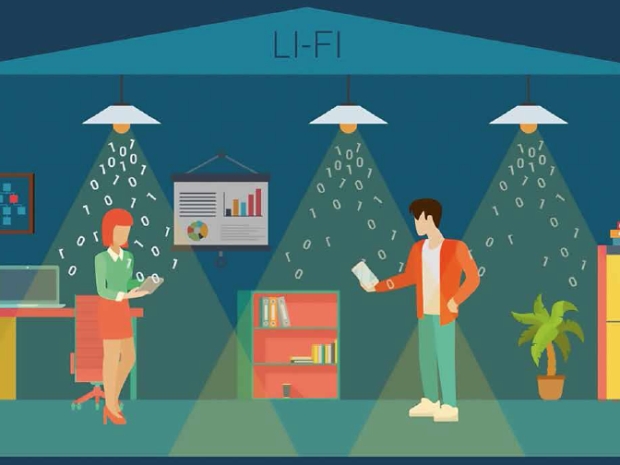The concept behind Li-Fi is pretty simple, and its powers were shown off during MWC 2023. Instead of using radio waves to transfer data, Li-Fi uses a different kind of electromagnetic radiation — light — for that task instead.
LED lights already turn on and off many times a second by themselves to save energy, and that's mostly imperceptible by the human eye. Li-Fi would just make them turn on and off in a specific way that a receiver can interpret and thus transfer data with. It works with visible, infrared, and ultraviolet light, so not to worry, you can surf the web with (visible) light switched off.
Since light bounces off walls and confined to individual rooms, there is less interference and higher bandwidth, and traffic is harder to intercept from outside. The concept has been around for some time, but there were several challenges to its development and adoption, including the lack of an official standard. This last part has just been fixed with the IEEE 802.11bb standard.
Li-Fi isn't meant as a replacement to Wi-Fi, but it can thrive in scenarios where Wi-Fi can be a weaker alternative or is not an option, like hospitals, airplanes, or military bases.
Li-Fi can also co-exist with your Wi-Fi network at home, with your devices seamlessly switching between networks depending on which works best in a given scenario.
One use is when your phone stays connected to Wi-Fi while it's in your pocket and then switch to the faster and more interference-free Li-Fi when you hold it in your hand, where it can receive light.
The two entities at the forefront of Li-Fi development are the for-profit company pureLiFi and research institute Fraunhofer HHI.

